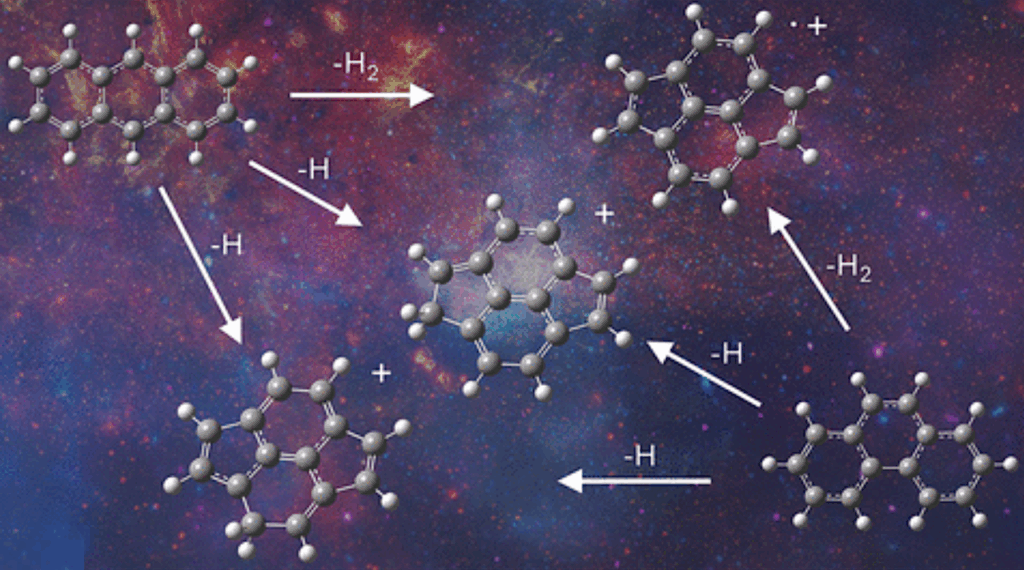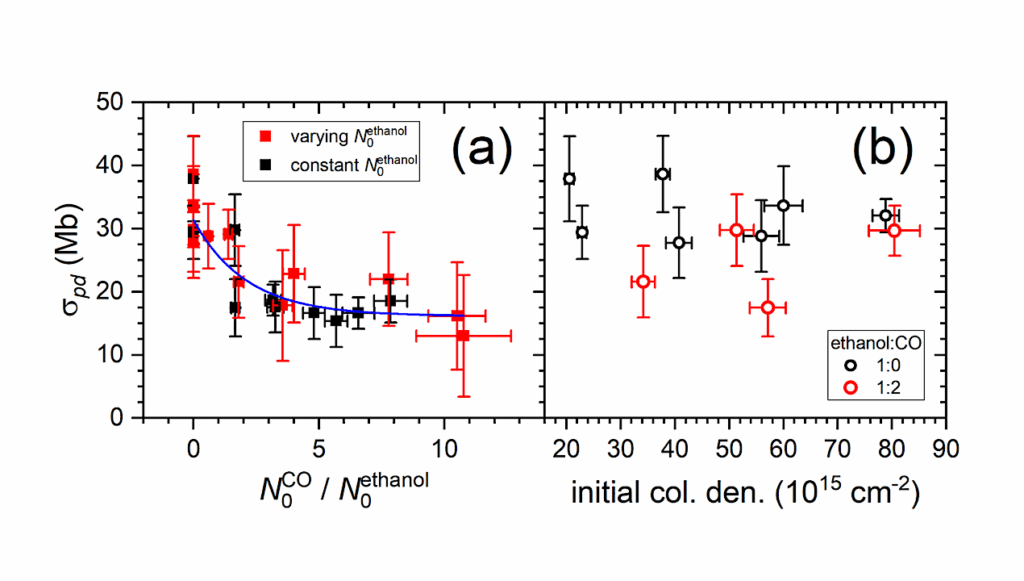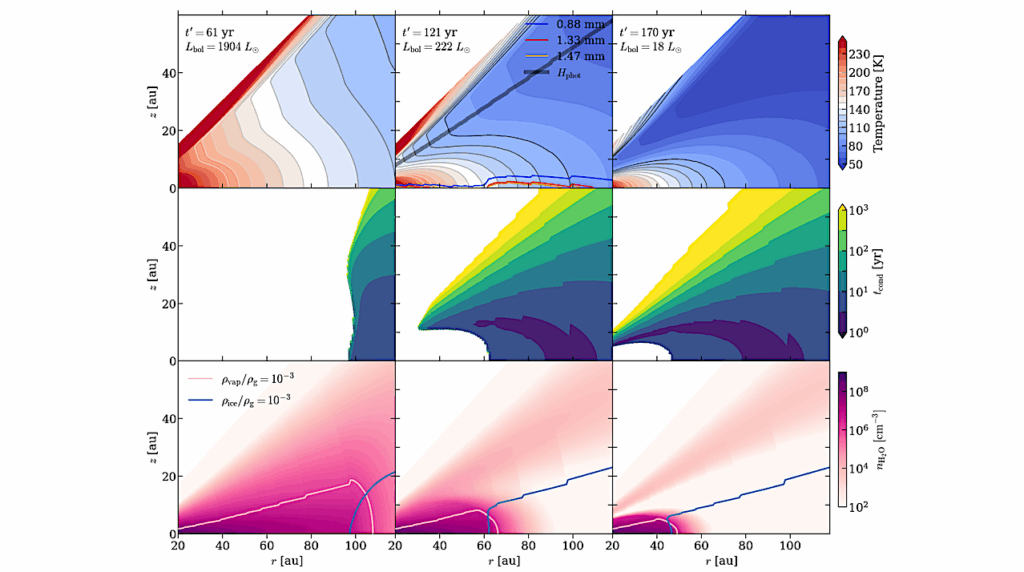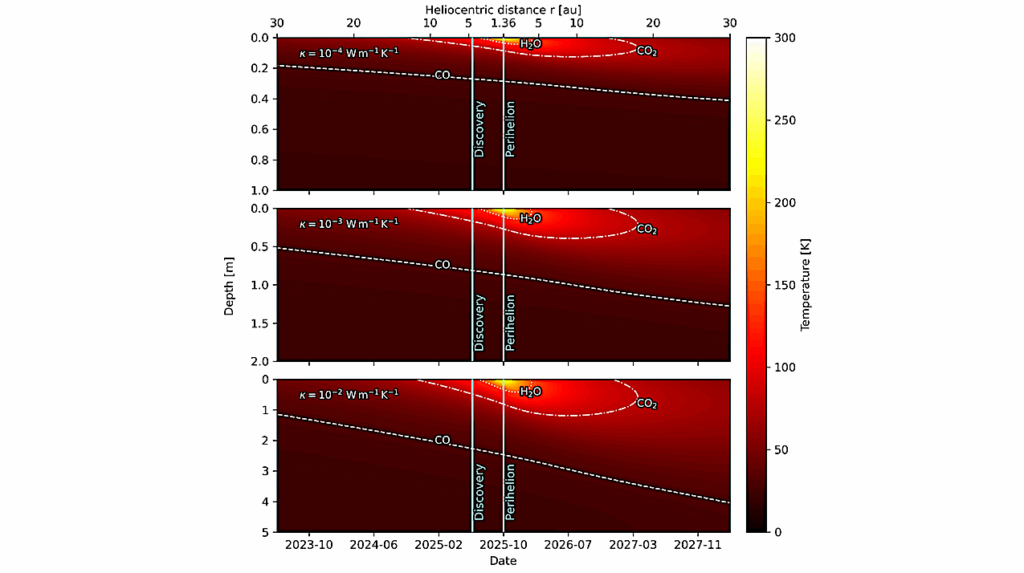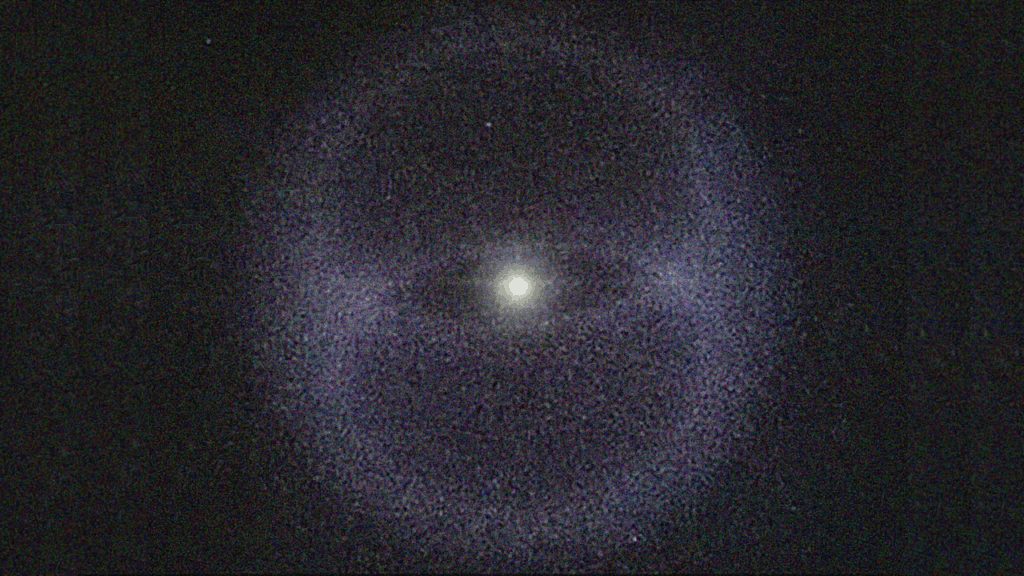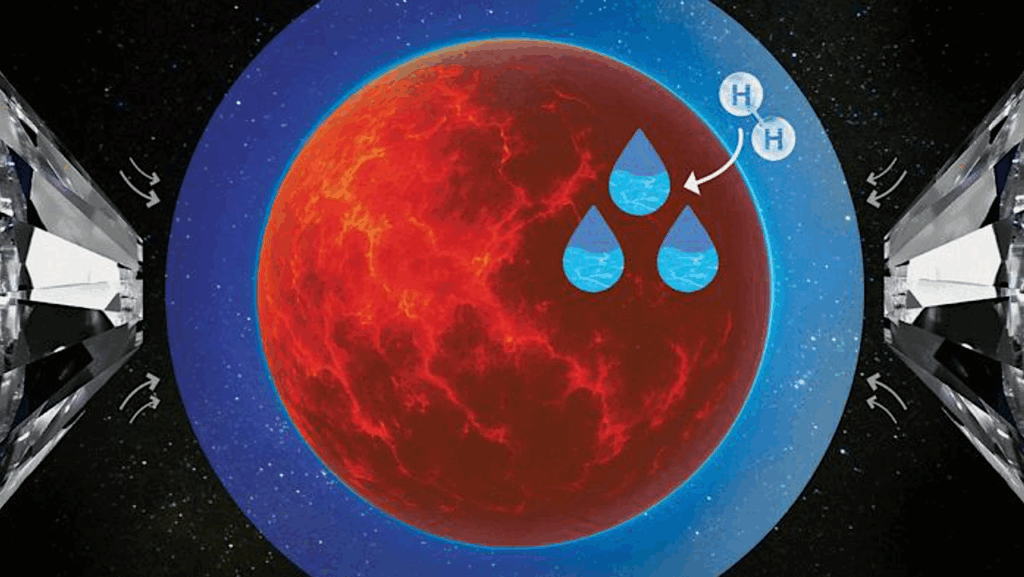Water Detection in the Interstellar Object 3I/ATLAS
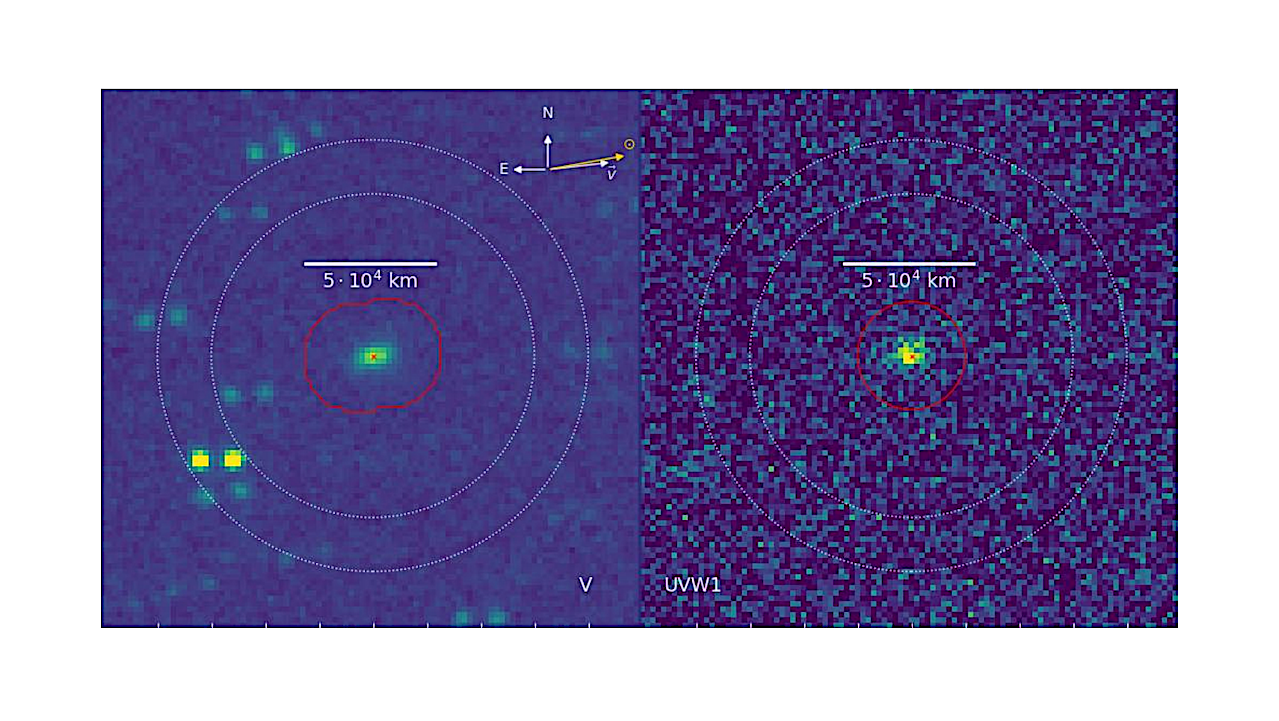
We report the first detection of water activity in the third confirmed interstellar object, 3I/ATLAS, based on ultraviolet imaging with the Neil Gehrels-Swift Observatory.
Observations acquired with the Ultraviolet/Optical Telescope on 2025 July 31st – Aug 1st revealed OH (A2Σ — X2Π) emission near 3085~Å. The water production rate results highly depend on the reddening assumption. For a reddening of 38.6% between 5437.8~Å and 3325.7~Å, the water production rate is (1.35±0.27)×1027 molecules,s−1 (40~kg,s−1) at a heliocentric distance of 3.51~au.
This places 3I/ATLAS among the few comets with confirmed OH emission beyond 3~au, where water ice sublimation is typically inefficient. The inferred production rate is consistent with an active area of at least 19~km2, assuming equilibrium sublimation.
Based on current upper limits of the nucleus’ radius, this requires that over 20% of the surface is active, which is larger than activity levels observed in most solar system comets. Contemporaneous near-infrared spectroscopy indicates the presence of large icy grains in the coma, which may serve as an extended source of water vapor.
The detection of OH emission prior to any CN detection is unusual and may reflect differences in grain-driven outgassing or volatile inventory compared to typical comets. While similar behavior has been observed in solar system comets, the mechanisms controlling distant activity and the storage and release of volatiles remain poorly understood.
If 3I/ATLAS’ coma continues to be dominated by H2O, supporting the early and low-metallicity formation hypothesis, the derived large size of the nucleus could be indicative of a key knowledge gap in low-metallicity system planetesimal formation and loss mechanisms.
Zexi Xing, Shawn Oset, John Noonan, Dennis Bodewits
Comments: Submitted to ApJL, 9 pages, 2 figures, 1 table
Subjects: Earth and Planetary Astrophysics (astro-ph.EP); Astrophysics of Galaxies (astro-ph.GA)
Cite as: arXiv:2508.04675 [astro-ph.EP] (or arXiv:2508.04675v1 [astro-ph.EP] for this version)
https://doi.org/10.48550/arXiv.2508.04675
Focus to learn more
Submission history
From: Dennis Bodewits
[v1] Wed, 6 Aug 2025 17:41:44 UTC (518 KB)
https://arxiv.org/abs/2508.04675
Astrobiology, Astrochemistry, Interstellar,


